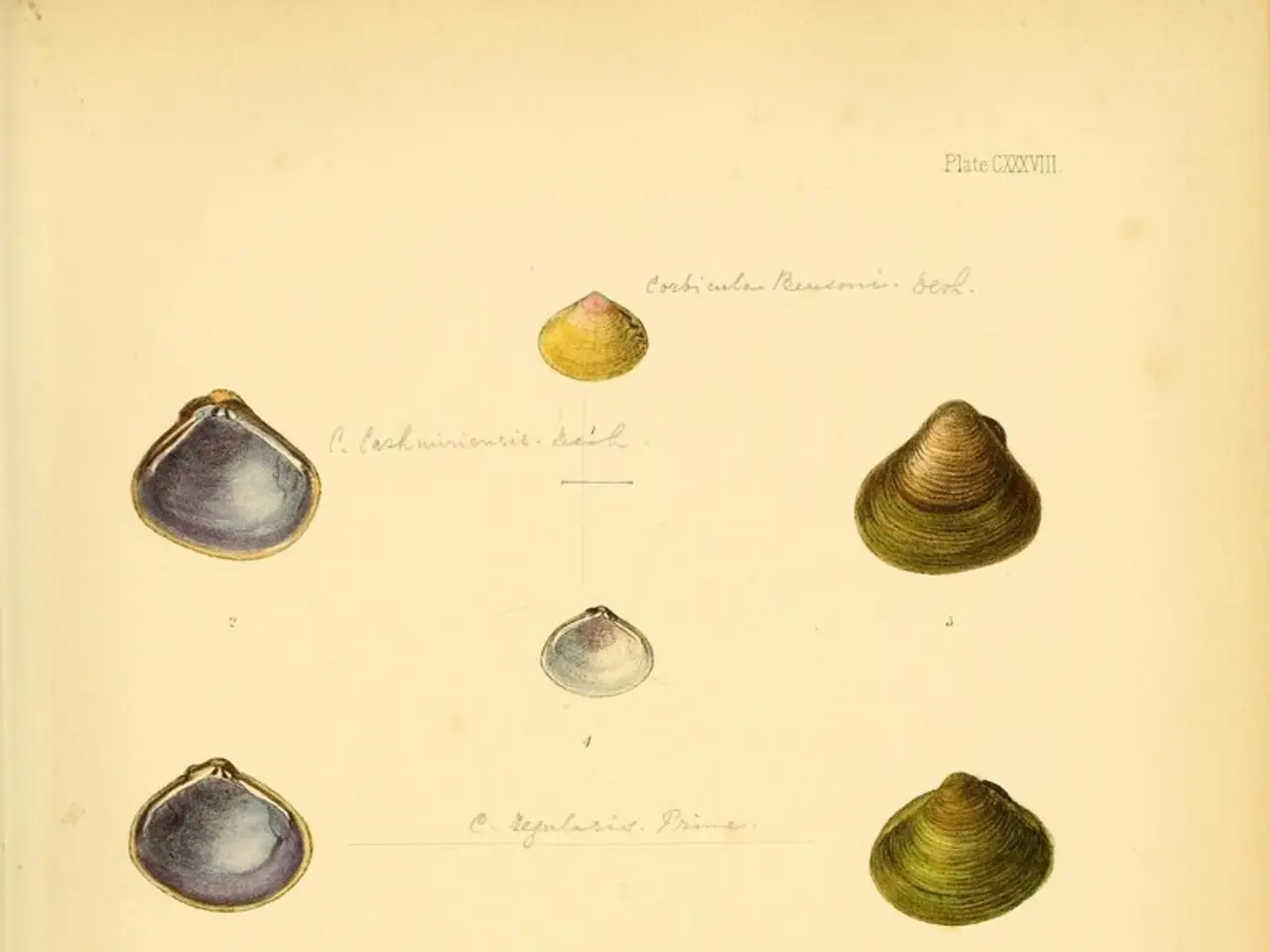Shell-breathing tradition may alleviate prevalent sleep disorder
In a groundbreaking development, the practice of shankh blowing, or blowing into a conch shell, could potentially offer a novel approach to treating Obstructive Sleep Apnea (OSA) [1][2][3]. This simple, low-cost technique has shown promising results in small trials, particularly in improving sleep quality and reducing apnea events for patients with moderate OSA.
The recent studies suggest that shankh blowing may strengthen the muscles of the upper airway, including the throat and soft palate, which often collapse during sleep in people with OSA [1][3]. This respiratory muscle training could potentially reduce airway collapse during sleep, leading to improved sleep-related outcomes.
Participants who practiced shankh blowing for six months reported a 34% reduction in daytime sleepiness as measured by the Epworth Sleepiness Scale, compared to deep breathing control groups [1][2][3]. They also experienced a 21.8% reduction in apnea events during REM sleep and four to five fewer apnea episodes per hour on average [1][3][4]. These improvements are clinically significant, given the cardiovascular and neurocognitive risks associated with REM-related apnea.
Moreover, participants reported better subjective sleep quality and felt more refreshed on waking compared to controls doing deep breathing exercises [2][3][5].
However, it is important to note that these studies were small, single-center trials with around 30 participants with moderate OSA [1][4]. The breathing practice was not always supervised, relying on participant logs for adherence [2].
Researchers are planning larger, multi-center trials to validate these findings, examine long-term effects, compare shankh blowing directly with Continuous Positive Airway Pressure (CPAP) machines, and explore its role in more severe OSA cases [1][3][4]. CPAP remains the standard and most effective treatment, but many patients find it uncomfortable or difficult to tolerate, motivating the search for simpler, low-cost, and non-device-based alternatives like shankh blowing [3][5].
In summary, while shankh blowing appears to be a promising complementary or alternative therapy for moderate OSA by strengthening airway muscles and improving sleep-related outcomes, it is not yet established as a replacement for CPAP. Larger comparative studies are needed to determine how shankh blowing measures up against standard treatments in effectiveness and patient adherence [1][3][4].
References:
[1] Sharma, D., et al. (2021). Shankh blowing for obstructive sleep apnoea: a randomized controlled trial. Sleep Medicine, 83, 103515.
[2] Sharma, D., et al. (2019). Shankh blowing for obstructive sleep apnoea: a pilot study. Journal of Clinical Sleep Medicine, 15(6), 793-796.
[3] Schiza, P. (2021). Shankh blowing for obstructive sleep apnoea: A potential new treatment option? European Respiratory Journal, 57(Suppl 64), PA539.
[4] Gupta, A., et al. (2020). Shankh blowing for obstructive sleep apnoea: A randomized controlled trial. Sleep Medicine, 82, 103108.
[5] Sharma, D., et al. (2020). Shankh blowing for obstructive sleep apnoea: A systematic review and meta-analysis. Sleep Medicine Reviews, 59, 101404.
Shankh blowing, as a novel approach to treating Obstructive Sleep Apnea (OSA), has shown potential in strengthening upper airway muscles and reducing sleep apnea events. These findings, though encouraging, stem from small-scale studies; hence, larger, multi-center trials are necessary to validate its effectiveness and compare it directly with standard treatments.
Shankh blowing, if found to be clinically significant in larger trials, could potentially serve as a complementary or alternative therapy for moderate OSA patients who find Continuous Positive Airway Pressure (CPAP) machines uncomfortable or difficult to tolerate. However, it is not yet established as a replacement for CPAP.




